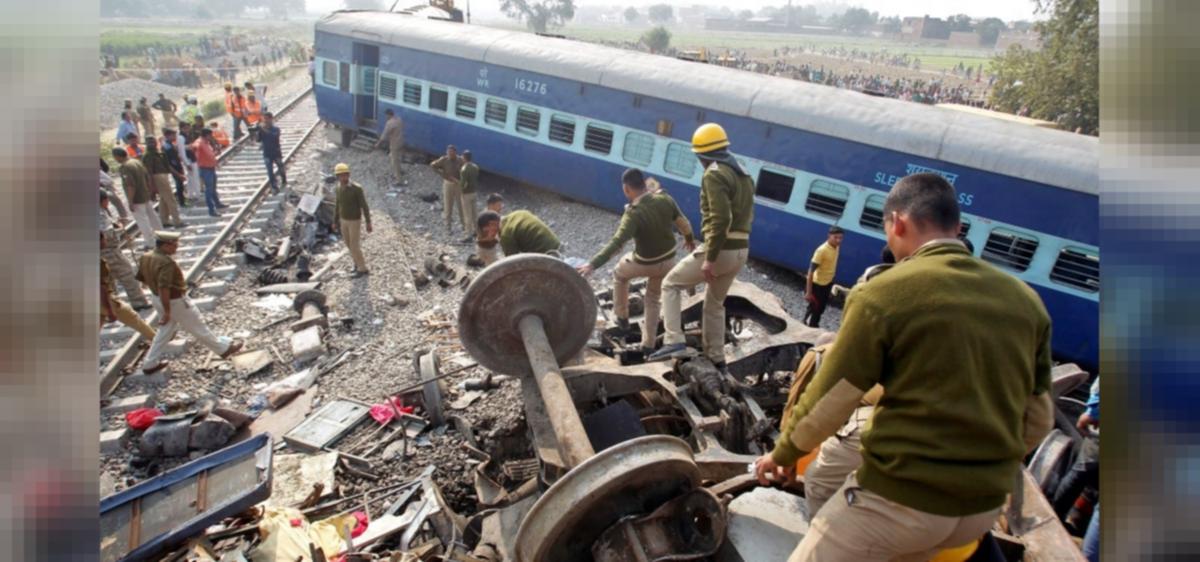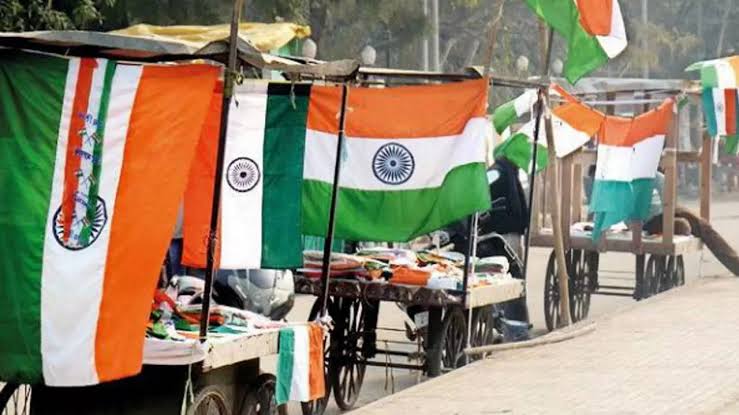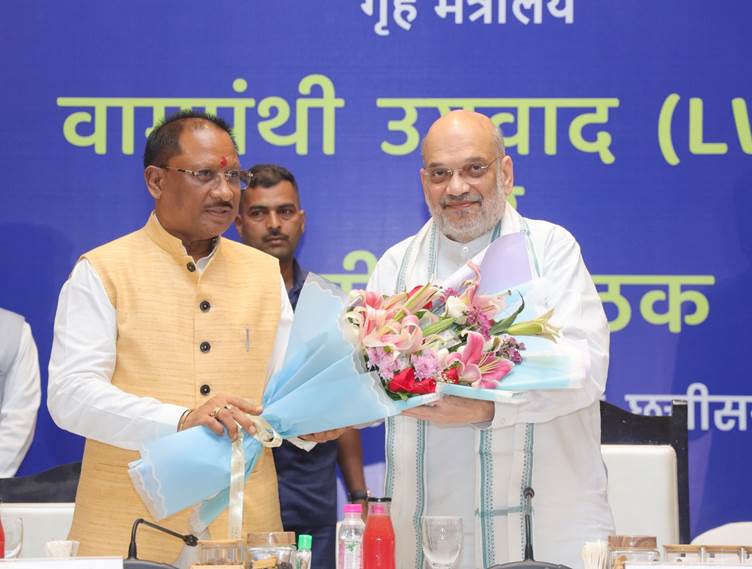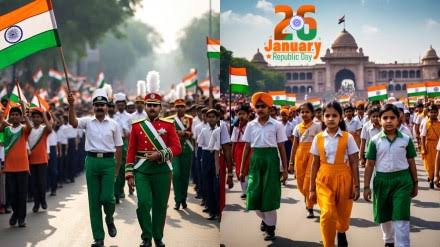The rhythmic rumble of Indian Railways carries passengers and freight and a growing narrative of safety success. A recent government report reveals a heartening statistic: consequential train accidents have nearly halved between 2004-2014 and 2014-2023, dropping from 171 per year to a much lower 71. This significant decline underscores the efficacy of a multi-pronged strategy adopted by the Ministry of Railways.
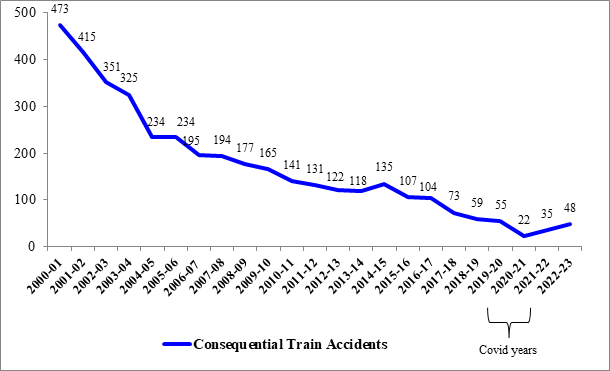 Delhi: At the core of this strategy lies a substantial financial commitment. The Rashtriya Rail Sanraksha Kosh (RRSK), established in 2017-18 with a dedicated corps of ₹1 lakh crore, stands as a testament to this resolve. By 2021-22, over ₹1.08 lakh crore had been channelled into critical safety upgrades, with the commitment renewed for another five years with a ₹45,000 crore allocation. This infusion of funds fuels crucial infrastructure advancements, replacing and refurbishing ageing assets that were potential accident triggers.
Delhi: At the core of this strategy lies a substantial financial commitment. The Rashtriya Rail Sanraksha Kosh (RRSK), established in 2017-18 with a dedicated corps of ₹1 lakh crore, stands as a testament to this resolve. By 2021-22, over ₹1.08 lakh crore had been channelled into critical safety upgrades, with the commitment renewed for another five years with a ₹45,000 crore allocation. This infusion of funds fuels crucial infrastructure advancements, replacing and refurbishing ageing assets that were potential accident triggers.
Beyond bolstering infrastructure, the Railways have embraced a wave of technological innovations. Electrical/Electronic Interlocking Systems, managing points and signals electronically, have eliminated human error at over 6,500 stations, significantly reducing the risk of derailments. Additionally, over 11,000 level crossings now boast interlocking systems, safeguarding these vulnerable points where road and rail intersect. Complete Track Circuiting, operational at over 6,500 stations, provides real-time information on track occupancy, allowing for safer train operations.
Technological advancements are complemented by operational improvements. Vigilance Control Devices (VCDs) on all locomotives monitor driver alertness, preventing lapses in concentration. Fog Safety Devices (FSDs) aid train navigation in challenging weather conditions, and modern track infrastructure, utilizing high-quality rails, sleepers, and turnouts, enhancing stability and minimising derailment risks. Mechanized track laying further mitigates human error and expedites renewal processes.
Regular inspections and monitoring of tracks, bridges, and rolling stock are paramount. The Railways leverage data-driven insights to prioritize maintenance needs, ensuring timely interventions. Web-based monitoring systems track asset health and detailed safety protocol instructions for signalling and track maintenance guide personnel.
Recognizing that safety is not just about technology and infrastructure, the Railways invest heavily in human resource development. Regular training and counselling sessions equip staff with the knowledge and skills to prioritize safety in their daily operations. The recent implementation of “Rolling Block,” a planned maintenance system, empowers frontline workers by minimizing disruptions and enhancing safety on open lines.
The remarkable decline in train accidents is a hard-earned victory, but the journey towards an even safer railway network continues. Sustaining this positive trend requires an unwavering commitment to a safety culture, further integration of technology, and data-driven decision-making. Continued investment in infrastructure, coupled with ongoing advancements in automation and operational efficiency, will pave the way for a future where train journeys are convenient and synonymous with safety and peace of mind for all passengers. As India’s rail network expands and carries an ever-growing number of passengers, a relentless focus on safety will ensure that every journey is a testament to the unwavering commitment to making Indian Railways not just the lifeline of the nation, but also a champion of safety excellence.

